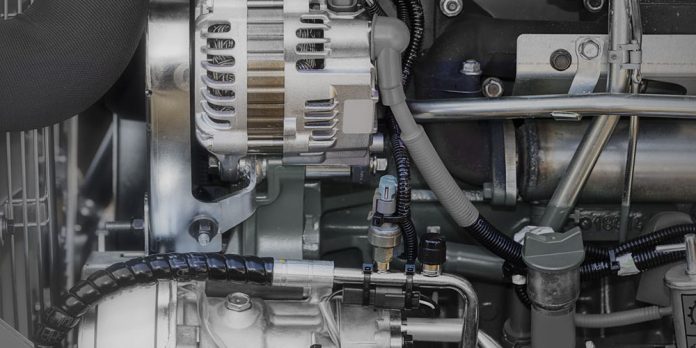Automobiles that are electric will overtake the automotive industry within a few decades. Mercedes-Benz, Audi, General Motors, and Toyota among other well-known automakers, have recommended progressively ceasing production of all vehicles that are powered by gasoline and diesel, switching their whole fleet to vehicles that are electrical.
The ideal balance between cost and performance is something that automakers and designers are constantly searching for. In diesel engines, a massive number of inner metal parts make this a more elusive stabilizing action. A little augmentation in the price of every part will have a vital and noticeable effect on the final generating cost of the automobile.
Since its founding, CxinForging has concentrated on using aluminum alloy, carbon steel, alloy steel machining, hot forging, warm forging, cold forging, and other technologies in the fields of transportation, forestry, agriculture, and environmental protection. They also forge parts for electromechanical semiconductor equipment, mining gear, and various other industries. Here we will discuss the forging parts of automobile and the forging procedure.
Categories of Forging Parts of Automobiles
In order to get specific mechanical qualities, forms, and sizes, forging involves applying certain pressure to the blank of metal using a piece of equipment to cause plastic deformation. Among the components is the forging processing technique.
Cold, warm, and hot forgings are the three types of forgings most commonly employed in industries. These forging techniques are used to forge parts for vehicles and other machinery. Warm forging and forging that is cold can efficiently conserve materials.
Forging could be separated into free forging, die forging, rolling ring forging, and special forging depending on the forming method.
Free Forging
- Hot forging is a variation of free forging. Free forging is the processing of forgings using basic, all-purpose equipment.
- It entails exerting an external force directly on the blank while it is sandwiched between the higher and the lower converters of the forging apparatus in order to distort it and produce the necessary interior mass and shape.
- Free forgings are the forgings created using this technique.
- Small-batch forging manufacturing is best done using free forging.
- The blanks are formed and qualified forgings are produced using forging tools including the hammers required for forging and hydraulic presses.
Die Forging
- Open and closed forging are the two types of die forging.
- To create the forging, pressure is applied to the blank metal in the forging chamber, deforming it into a specific shape. Die forging is typically used to make large numbers of light items.
- There are three types of die forging: warm forging, hot forging, and cold forging.
- The level of forging technology is represented by warm forging and cold forging, which are the future directions for die forging development.
- Die forging could be broken down into three different categories, including powder product molding and die forging of ferrous and non-ferrous metals.
Ring Mill
- The term “ring mill” describes the process of creating rings with various diameters using a specialized machine.
- The process yields wheel-shaped components, including train wheels and automotive wheel hubs.
Special Forging
- Roll forging, wedge rolling, liquid die forging, radial forging, and many forging techniques are examples of special forging and are better suited for producing specific particular forms of parts.
- For instance, roller forging is a good, efficient performing procedure to lower the forming pressure that follows. Transmission shafts, Steel balls, and so many items can be made using wedge rolling.
- Last but not least, big barrels, step shafts, and various forgings can be produced using radial forging.
Last Wording
From the above discussion, we have learned that Forged items are made by applying pressure to metal in order to give them the desired shape or an appropriate compressive force through plastic deformation. Often, a hammer or pressure is used to apply this force. The forging process develops a fine granular structure and improves the physical qualities of the metal. A proper design enables particles to flow in the direction of the main pressure when parts are used in the actual world.




